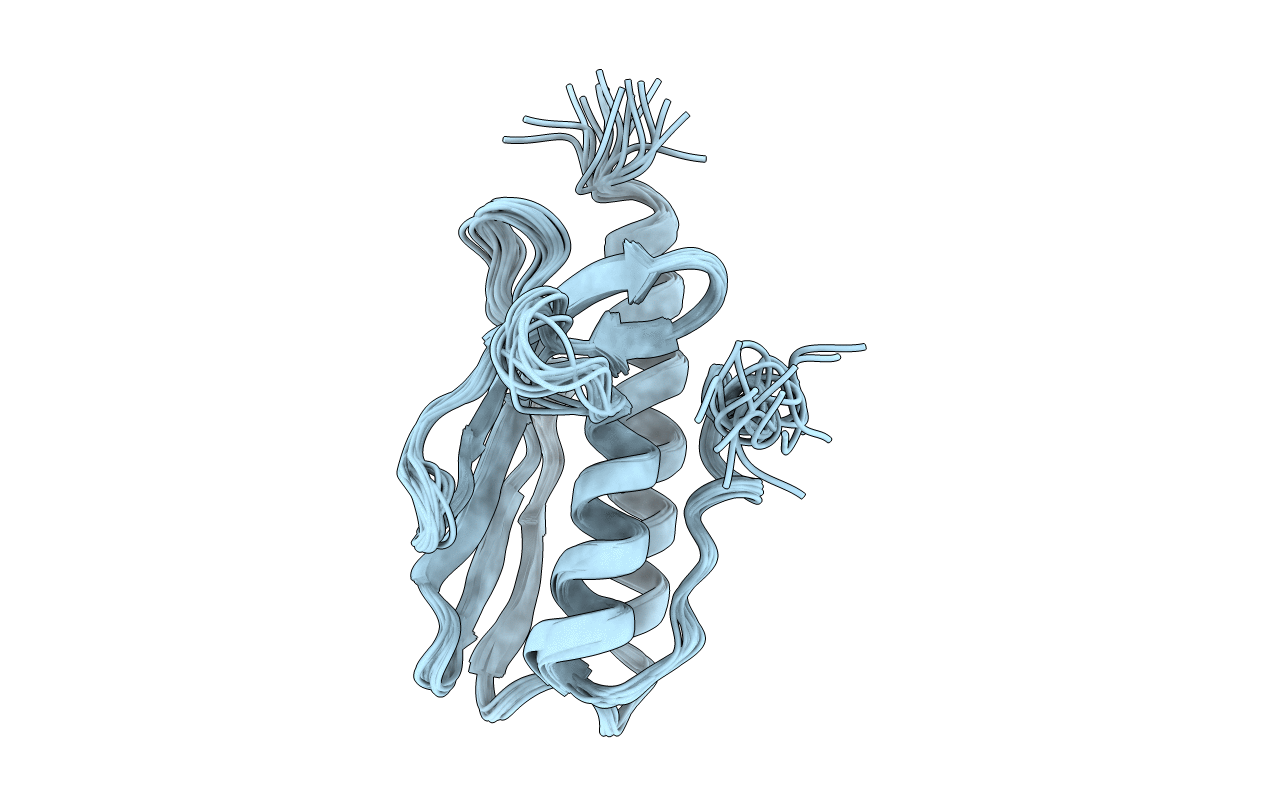
Deposition Date
2002-06-07
Release Date
2002-06-26
Last Version Date
2024-05-22
Entry Detail
PDB ID:
1LY7
Keywords:
Title:
The solution structure of the the c-terminal domain of frataxin, the protein responsible for friedreich ataxia
Biological Source:
Source Organism:
Homo sapiens (Taxon ID: 9606)
Host Organism:
Method Details:
Experimental Method:
Conformers Calculated:
50
Conformers Submitted:
15
Selection Criteria:
structures with favorable non-bond energy


